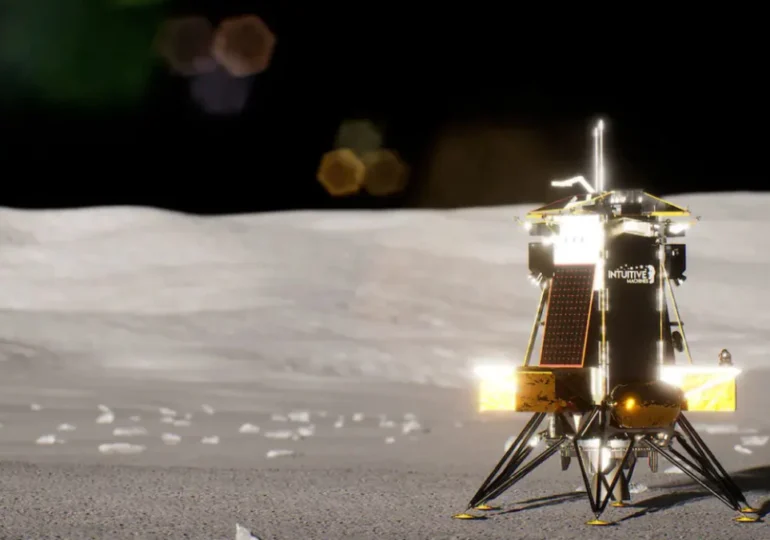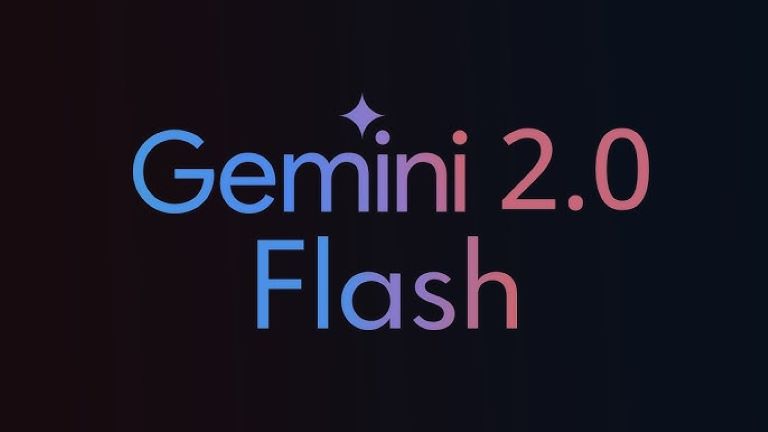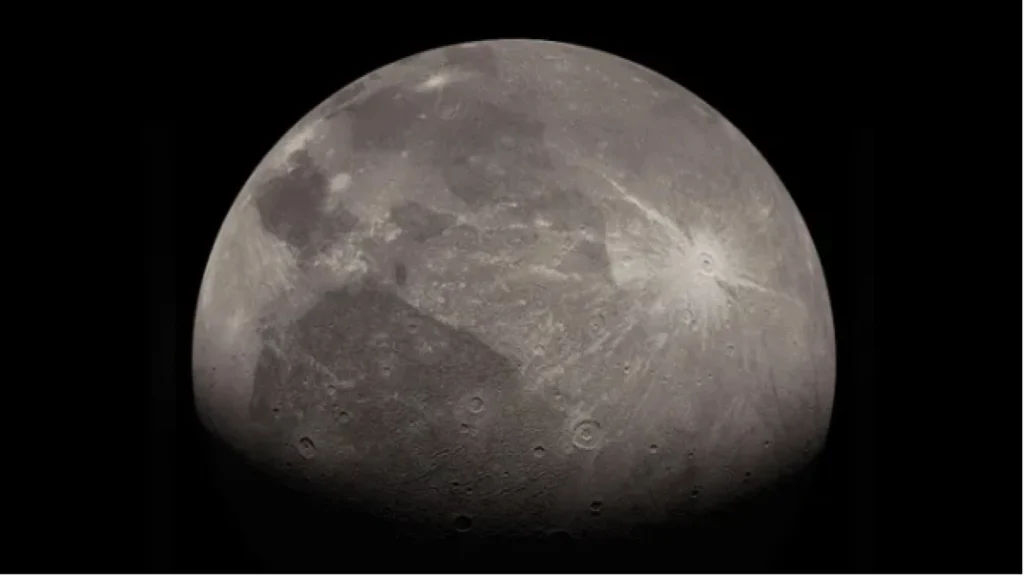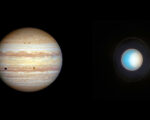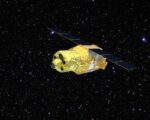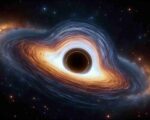Asteroid Collision Altered Ganymede’s Rotation 4 Billion Years Ago, Study Finds
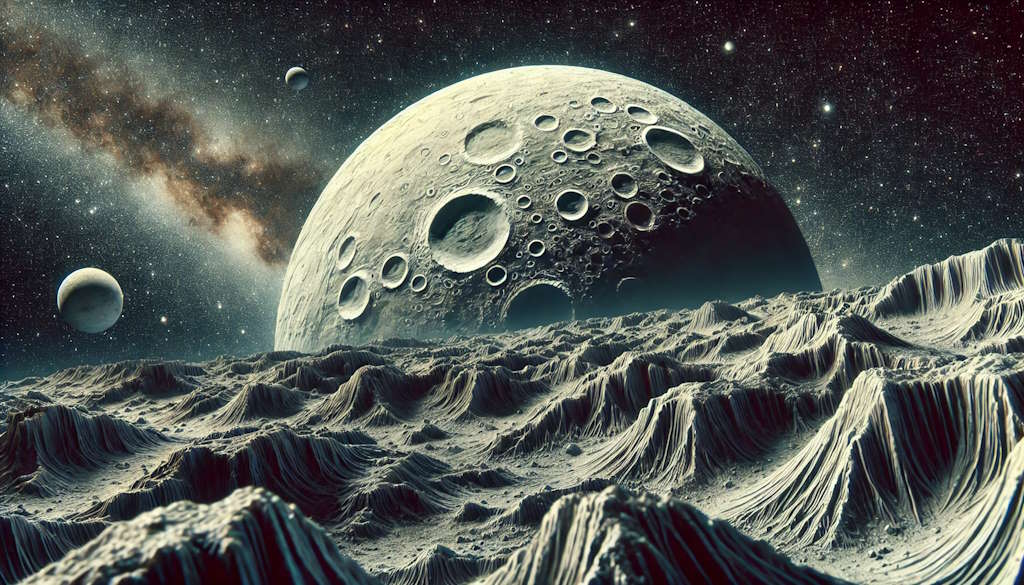
A colossal asteroid strike 4 billion years ago significantly altered the rotation and surface of Ganymede, the largest moon of Jupiter
A massive asteroid impact about 4 billion years ago drastically reshaped Jupiter’s largest moon, Ganymede. Recent studies suggest this colossal event not only reoriented the moon but also had lasting effects on its geological and internal evolution. Planetary scientist Naoyuki Hirata from Kobe University led the research, which estimates that the asteroid responsible for this cosmic event was approximately 186 miles (300 kilometers) wide—an asteroid roughly 20 times larger than the one that led to the extinction of the dinosaurs. The sheer force of this collision was powerful enough to destabilize Ganymede, causing it to alter its rotation on its axis.
Impact Details and Surface Transformation
The study, published in Scientific Reports on September 3, 2024, provides a detailed account of the asteroid’s trajectory and its aftermath. The asteroid struck Ganymede at an angle of 60 to 90 degrees, creating a massive crater measuring between 870 and 990 miles (1,400 to 1,600 kilometers) wide. This crater likely removed the moon’s original surface, covering nearly 25 percent of Ganymede. The research highlights that such a vast impact could have caused the moon’s surface to become completely reoriented and drastically altered its geological features.
Long-term Geological Effects
The enormous scale of the impact went beyond surface damage. Hirata’s research team believes that the force of the collision caused seismic waves to ripple through Ganymede’s icy crust and mantle, triggering extensive shifts in its internal structure. Over time, this event might have contributed to the formation of the moon’s distinctive grooved terrain, which is a key feature of its landscape today. Ganymede’s complex surface, marked by older, heavily cratered regions and younger, less cratered grooved areas, could be partially explained by this ancient impact.
Implications for Ganymede’s Magnetic Field
The study also explores how the impact may have influenced Ganymede’s magnetic field, the only known intrinsic magnetic field in a moon in our solar system. According to the research, the asteroid collision could have generated enough heat and energy to alter the moon’s core dynamics, potentially contributing to the development or changes in Ganymede’s magnetic field. This raises further questions about the interaction between large impacts and planetary magnetic fields.
Comparison with Other Celestial Impacts
Hirata’s team draws comparisons between this event and other known planetary impacts. For instance, the Chicxulub impactor, which wiped out the dinosaurs on Earth, was about 6 miles (10 kilometers) wide. The asteroid that struck Ganymede was significantly larger, making this one of the most impactful celestial events in the solar system’s early history. Similar asteroid collisions may have also shaped the geology of other moons and planets, particularly in the outer solar system.
Further Research and Exploration
With upcoming missions such as NASA’s Europa Clipper and ESA’s Jupiter Icy Moons Explorer (JUICE), more insights into Ganymede’s geological history are expected. These missions aim to explore the icy moons of Jupiter, including Ganymede, in greater detail. Future studies may confirm or expand on the findings from this research, providing a deeper understanding of how early asteroid impacts influenced the evolution of moons and planets in the outer solar system.


